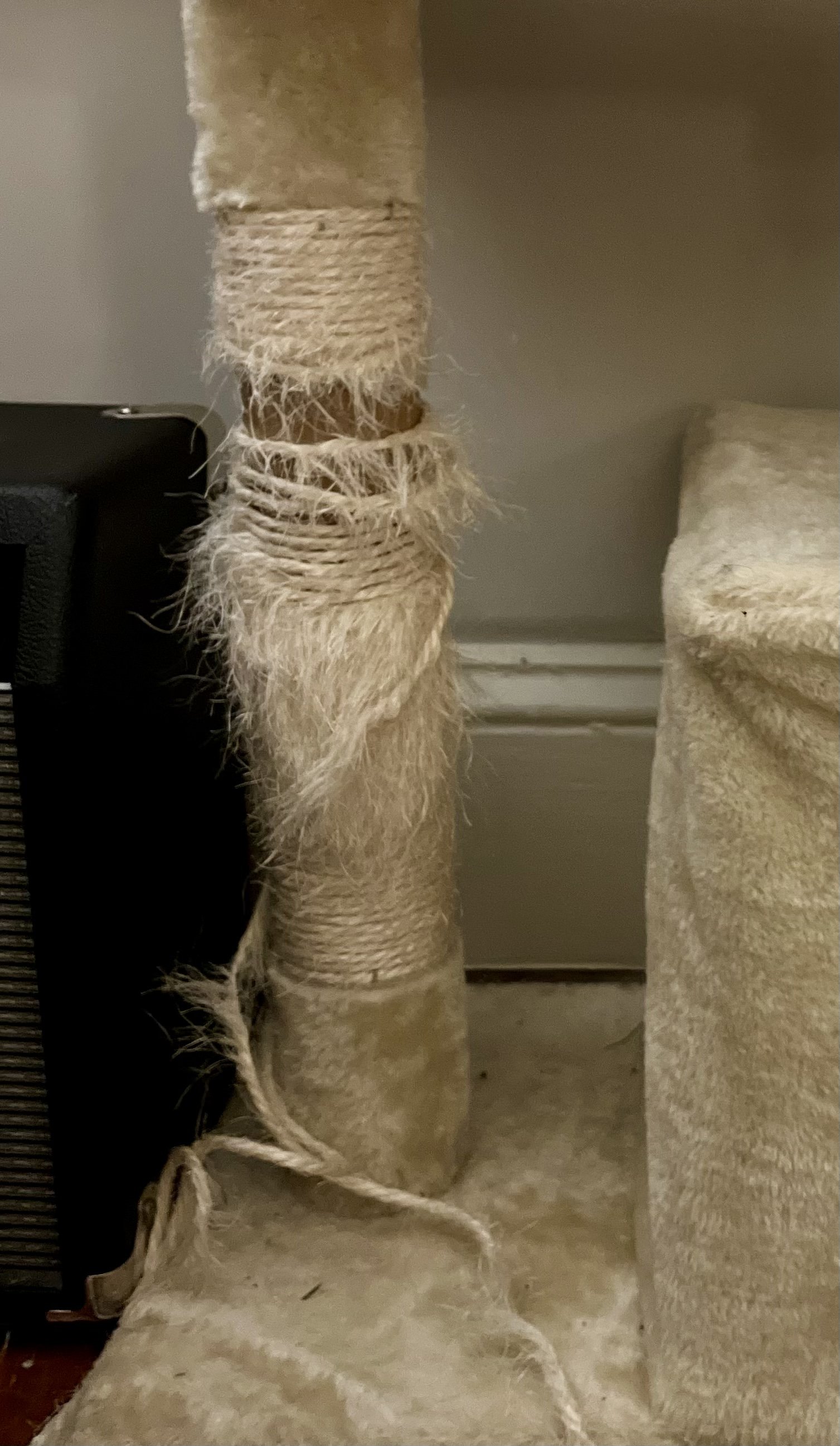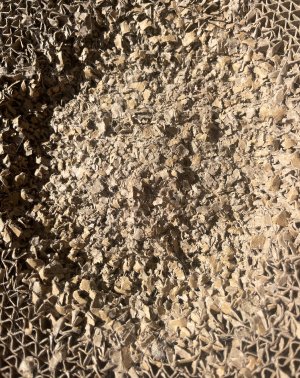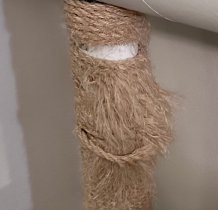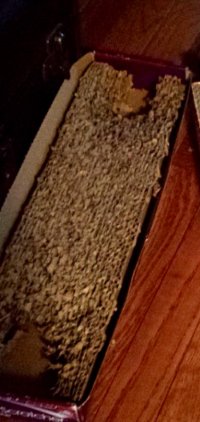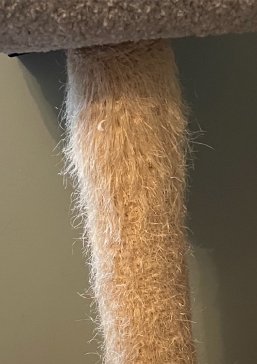When Should a Cat Scratcher Be Replaced?
As a pet sitting company, we understand that your feline friend's scratching behavior can sometimes be a mystery. You may have already provided them with a scratching outlet, but how do you know when it's time to replace it? We've got you covered with some advice to help you brush up on your knowledge about your feline's instinctual scratching habits and provide some tips on when it's time to order a replacement scratcher.
Why Do Cats Need to Scratch?
Nail & Paw Health: Scratching is crucial for your cat's nail and paw health. It helps remove the outer layer of their nails, keeping them clean and debris-free. It's no surprise that cats often visit their scratchers after using the litter box - they're particular about their hygiene! The vigorous motion also provides a good workout that helps keep their paw muscles strong and stretched while satisfying their innate scratching instinct.
Scent Marking: Scratching isn't just about physical health. It's also a way for cats to mark their territory and express themselves. By scratching, they leave behind their own personal scent, which tells other animals what "belongs" to them. They also like to leave behind their scent on items that bring them joy, like their favorite scratcher!
Self Soothe: There are also self-soothing benefits of scratching, which can come in handy when your cat is feeling particularly excited like during their meal preparation and playtime, or during stress, like during a thunderstorm or when the vacuum is in use.
Types of Scratching Styles
When it comes to types of scratching styles, some cats prefer to scratch at items that lie horizontally, such as carpets, rugs, or furniture seats. These kitties would likely prefer a scratching pad or lounge that lays flat. On the other hand, cats that prefer to scratch vertically - like the backs of sofas, curtains, or corners of walls - would likely enjoy scratching posts or cat trees. And, of course, many cats are ambidextrous scratchers, meaning they enjoy both horizontal and vertical options.
what affects the longevity of a Scratching Pad?
The material it's made of plays a big role. Carpet and wood options tend to last longer than sisal fiber or corrugated cardboard. Additionally, the cat's frequency of use, breed/temperament/age, and the number of cats in the home all factor into a scratcher's lifespan. TIP! Regular nail trimmings can help extend the life of a scratcher.
When Should a Cat Scratcher Be Replaced?
There is no set time frame in which a scratcher should be replaced. A good rule of thumb is to take a look at it and check for signs of wear and tear. If the carpet or rope is fraying, the cardboard is torn to bits, or your kitty has lost interest in their previously-loved post, it's time for a replacement. Not only will this help maintain your furry friend's paw health, but it will also prevent them from turning to your furniture or rugs for scratching satisfaction or ingesting pieces that have fallen off of the scratcher.
Below are examples of scratchers that need to be replaced:





